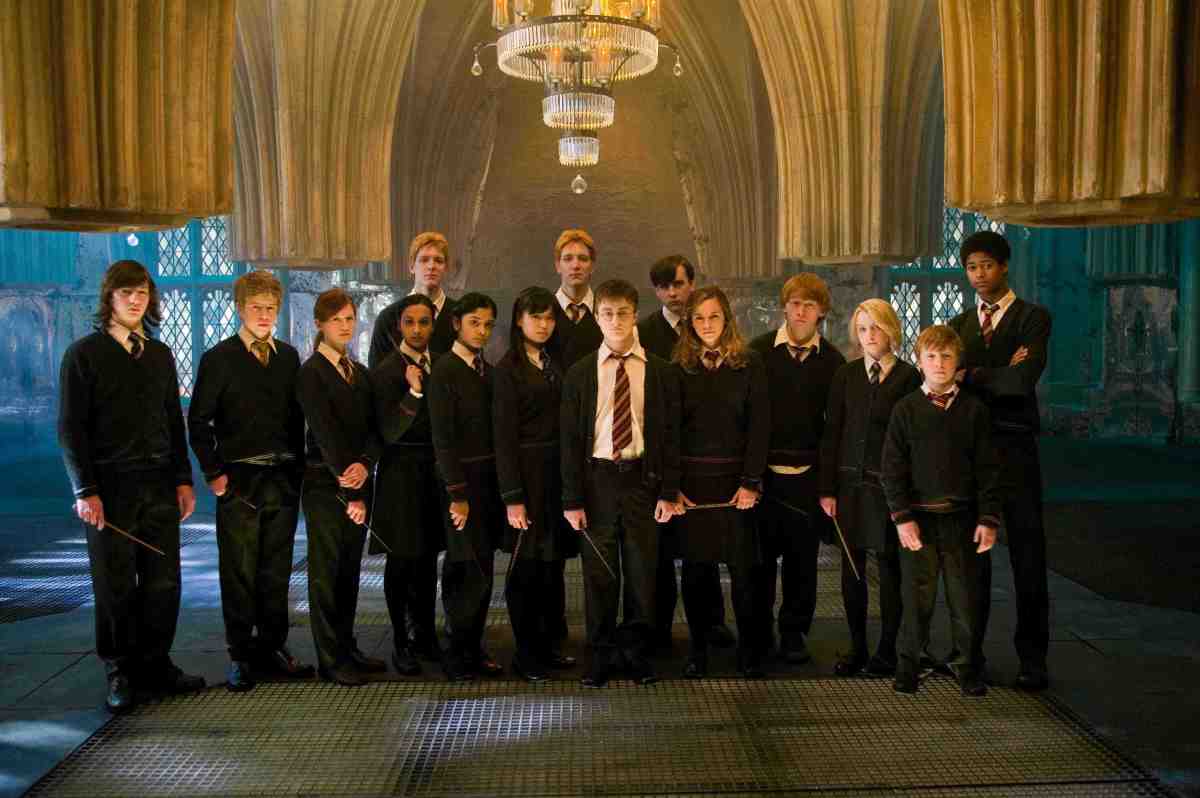What Christmas and Star Wars have in Common

Merry Christmas and May the Force be with You
It took me a while to get into the whole Christmas spirit thing this year. Since this is the first holiday season without my dad, things didn't quite feel the same as usual. Eventually, however, I got into it enough to get all of the standard decorations up. I was even able to get off my ass and hang up some lights outside for the first time in years. Several times over the last couple of weeks, the kids have told me how happy they are to have a house that feels like Christmas.
We have all of the standard stuff on display. There is of course the plastic Christmas tree with a horde of lights and a hodgepodge of ornaments both homemade and bought over the years. Between the tree and the other decorations scattered about, we have all the bases covered: snowmen (snowpeople?), reindeer, stockings, Santa Clauses in various forms, and even a miniature snowy village that the kids set up every year.
In my view, however, no decorated house is complete without some sort of a nativity scene. Ours is not particularly elaborate, but it covers all the bases. Now some might wonder why a family of Unitarians would still put on display something as overtly religious and politically incorrect as a nativity scene. There was a time when I even asked myself this question, but not any more. In my view, nativity scenes are an essential part of my culture's Christmas mythology, and I see them as no more offensive than Santa Claus or Rudolph the red-nosed reindeer.
Many, of course, would argue that the baby Jesus does not exactly fit into the same category as Santa Claus. Outside of small children who have not done the math and figured out that it is impossible for Santa to visit every household on the planet in one evening - and he would have a bitch of a time getting into homes and apartments without chimneys - no one believes that Santa is real. Large numbers of people, however, believe that the Christmas story as depicted in the nativity scene actually happened. (This is in spite of the fact that there is no gospel story combining both "wise men" and a manger.) When it comes to religion and mythology, many Americans tend to place stories and characters into clear categories of truth and falsehood. Something is either real or it isn't. The problem with such a concrete and literal definition of truth, however, is that it can wipe out a society's capacity to draw meaning from mythology and metaphor.
Whether you are into Jesus, Santa Claus, or both, Christmas at its best is about more than buying all kinds of crap and stuffing it into stockings or in wrapped packages under a tree. The various stories and characters associated with Christmas represent generosity, hope, peace, love, family, forgiveness, and community. We are drawn together by a common mythology and reminded of the core values that most of us say life is about. Ever since the dawn of human societies, we have been using stories to preserve and pass on core values. Unfortunately, in our modern societies so divorced from mythology and metaphor, the symbols can become superficial and commercialized, and Christmas becomes a time focused on all the stuff: stressing out to get the Christmas shopping done, complaining that we did not get the things that we really wanted, or gorging on unhealthy treats and justifying it by saying that it's Christmas. It can be so easy to lose the meaning behind the mythology.
Strangely enough, I have spent a lot of time this Christmas season thinking about another type of mythology. As anyone not living under a rock knows, the new Star Wars movie came out a little while ago. While not enough of a fanatic to go on opening day, I did manage to see it on its first weekend. I went with a friend who had also grown up with the original Star Wars movies. It seemed like a cool way to try and tap into my childhood and maybe experience something like seeing the original when I was nine years old.
While I generally enjoyed the movie, it came nowhere close to blowing me away like the originals did way back when. It looked and felt much more like the originals than the three prequels, but it still wasn't the same, and I have been trying to figure out why. More broadly, I have been asking myself what it was and still is about the Star Wars franchise that keeps drawing the crowds (and selling the merchandise) like nothing else. I am even going back and watching all six of the previous films - with my kids, who want to see them all before watching number seven - to see if I can gain some insight into what makes Star Wars so magical (and maybe even rediscover that magic). The prequels still aren't doing it for me, although we will see what happens when we get to the original. Having seen it at least ten times, however, I doubt that I will discover anything new.
When I saw the original Star Wars almost forty years ago, I knew absolutely nothing about it going in. This made everything about the movie completely original for me. Much of what made it so cool, of course, were all of the amazing special effects, action scenes, and space ships flying around. Our generation had never seen anything like that before. But there have been lots of movies with cool special effects and gadgets over the past 30 years or so, and none of them are quite Star Wars.
As best I can tell, what makes Star Wars so unique is its ability to bring an audience into a mythological world. So many of the characters, concepts, and catch phrases have become as much a part of our culture's collective mythology as those drawn from the Bible, ancient Greece, or Shakespeare. Even a person who has grown up in America but somehow never seen a Star Wars movie has heard of Darth Vader, the Force, Jedi knights, the Death Star, or Yoda. When it comes to creating modern metaphors and symbols that represent good, evil, wisdom, truth, falsehood, fear, and deception, only Harry Potter, Lord of the Rings, and Star Trek come close to rivaling Star Wars.
To understand any culture, you must become familiar with its mythology. And you must also remember that the word myth should not be confused with the phrase "untrue story." Star Wars is no more real than Santa Claus, but they both involve stories that contain some powerful truths and provide some insights into what makes us Americans tick. The two stories of Jesus' birth (and the four gospels) are also embedded into our culture and contain some valuable lessons about life in general. These various stories aren't all good. At their worst, they can potentially promote violence, intolerance, and crass commercialism. But only fools would simply ignore, disregard, or discard stories that have stood the test of time and have become such an essential part, whether we like it or not, of who we are.









